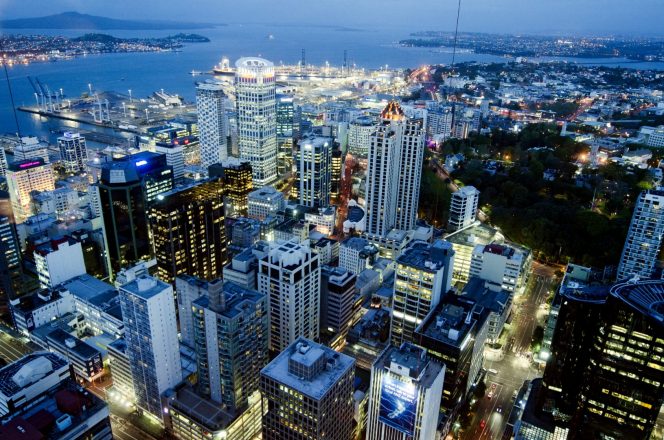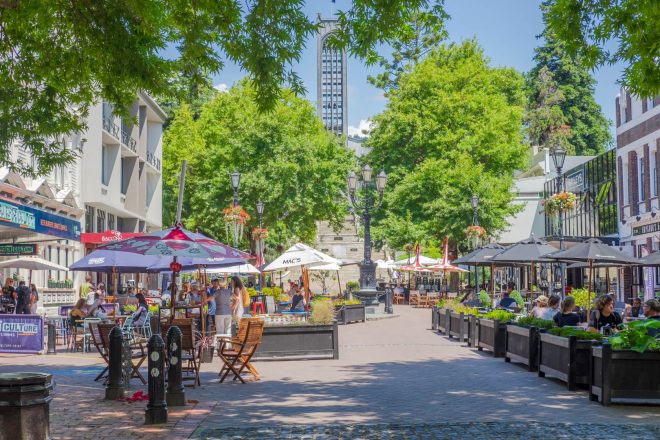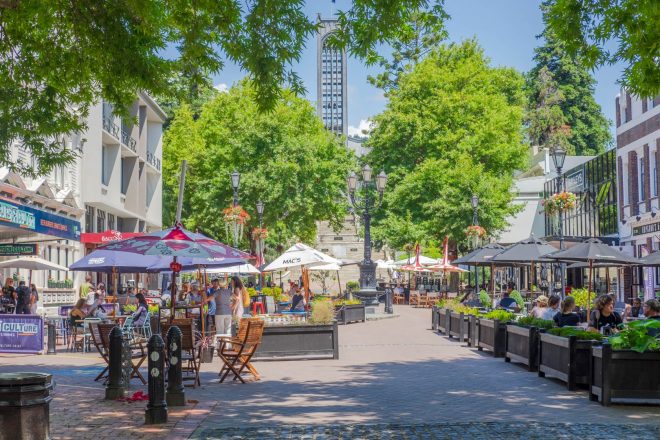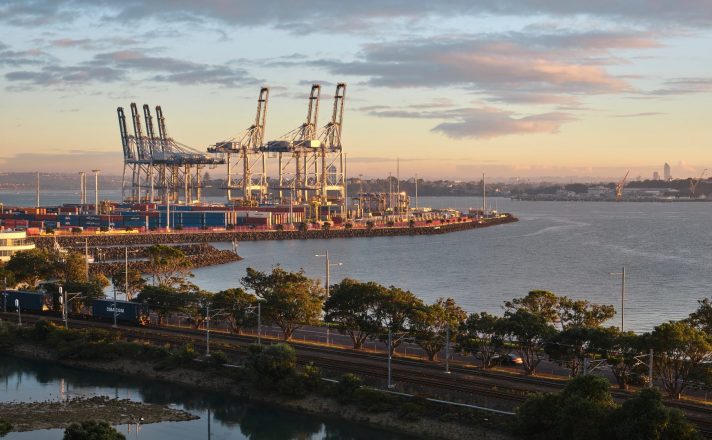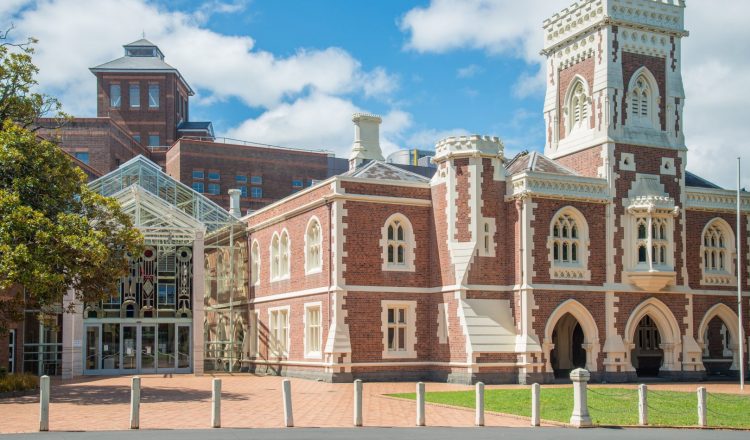新西兰营商环境
新西兰由两个主要岛屿(北岛和南岛)组成,斯图尔特岛(位于南岛底部)和一些较小的边远岛屿。这些岛屿的总面积为 268,000 平方公里(类似于日本、英国或科罗拉多州的面积)。
新西兰是一个文化多样化的国家,人口约为 480 万。英语是日常语言。毛利语是另一种官方语言,但没有广泛使用。我们没有官方宗教信仰。我们拥有创新和适应能力的文化,新西兰人以其 “能做” 的态度而闻名。尽管在地理上是孤立的,但旅行深深地嵌入了新西兰的心理。许多新西兰人在生命的某个阶段在海外工作,许多人受到所见影响的启发返回家园。
新西兰元是货币单位。美元兑所有主要货币自由浮动。
首都和政府所在地是惠灵顿(位于北岛底部)。最大的城市是奥克兰(位于北岛顶部)。新西兰政府通常是中间派,略向左或略向右倾。新西兰对其作为开展商业活动最不腐败的国家之一的声誉感到自豪。新西兰的气候基本上是温带气候。夏季最温暖的月份通常是 1 月至 3 月。新西兰传统的夏季假期是圣诞节和新年。在此期间,许多企业关闭了两周。
公众假期是:
- 新年:1 月 1 日和 2 日
- 怀唐伊日:2 月 6 日
- 复活节:复活节周末的周五和周一(日期有所不同)
- 安扎克日:4 月 25 日
- 女王的生日:6 月的第一个星期一
- 劳动节:10 月的上个星期一
- 圣诞节:12 月 25 日
- 节礼日:12 月 26 日
- 周年纪念日:每个省都庆祝周年纪念日(日期各不相同)
直飞,从奥克兰飞往伦敦大约 23 个小时,飞往洛杉矶、旧金山、北京或香港需要 12 个小时,到新加坡或东京需要 10 个小时,到悉尼或墨尔本需要 3 个小时。
新西兰的风景绝佳、多样,不会被污染所掩盖。该国大部分地区人口稀少,我们通常享受着非凡的生活质量。

















































